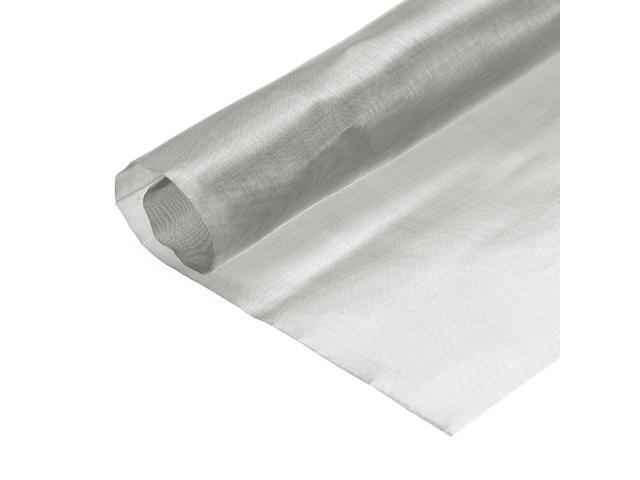Excerpt from With E of the First Gas
In a short time, also, English chemists connived to retaliate with gas. The Royal Engineers took up the work; and because of better prevailing wind conditions, actually outdid the Germans in cloud attacks. Then a new phase of the game appeared - shell gas fired by the artillery. No longer did the Germans have to wait for proper winds, nor fool with cumbersome cylinders in the trenches. With gas stored conveniently miles behind the lines, they could now gas any particular spot behind the Allied lines. Blue, green, and yellow cross shell be came the dread of working parties and motor lorries hitherto safe from gas. But not for long. The game of checkers proceeded. English and French artillery busied themselves, and by 1918 actually were throwing back three gas shells for every one that came over.
The English did the Germans one better still. They invented the Levins projectors, by which thousands of shells could be shot simultaneously, producing such a high contraction over so large an area, that the results were terrible and irresistable. They brought out the use of the Stokes trench mortar for cleaning out ‘ma chine gun nests with gas and liquid fire The Germans, of course, Copied these methods, but were not nearly as successful in putting them into operation.
About the Publisher
Forgotten Books publishes hundreds of thousands of rare and classic books. Find more at www.forgottenbooks.com
This book is a reproduction of an important historical work. Forgotten Books uses state-of-the-art technology to digitally reconstruct the work, preserving the original format whilst repairing imperfections present in the aged copy. In rare cases, an imperfection in the original, such as a blemish or missing page, may be replicated in our edition. We do, however, repair the vast majority of imperfections successfully; any imperfections that remain are intentionally left to preserve the state of such historical works.















